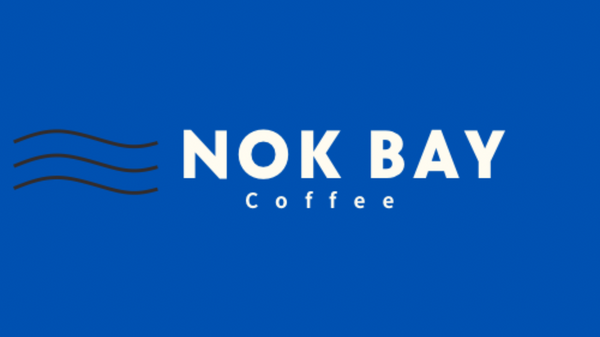Decaf coffee
Share
Decaf coffee
Decaffeinated Coffee is coffee beans or coffee products that have had caffeine removed through special technology. It retains the coffee flavor while significantly reducing the caffeine content. It is suitable for people who are sensitive to caffeine or have health concerns. The following is a comprehensive introduction from production technology, flavor characteristics, applicable groups to purchasing suggestions:
1. Production technology of decaffeinated coffee
The key to removing caffeine is "decaffeination", and common methods are divided into three categories:
1. Solvent method (chemical treatment)
-Dichloromethane method: After the green beans are soaked in hot water, dichloromethane is used to dissolve the caffeine and then the residual solvent is evaporated. High efficiency but there are concerns about chemical residues.
- Ethyl acetate method: It uses ethyl acetate which is naturally present in fruits and is advertised as "naturally de-caffeinated", but it is still a chemical treatment.
2. Swiss Water Process
-Principle : First use hot water to extract the flavor components of coffee beans (including caffeine), then filter out the caffeine with activated carbon, and finally return the decaffeinated flavor liquid to the beans.
-Advantages : No chemical solvents are used throughout the process, and the flavor is relatively intact, which is common in boutique coffee brands.
3. Supercritical Carbon Dioxide Process (CO₂ Process )
- Principle: Under high pressure and low temperature, CO₂ is converted into a supercritical fluid to dissolve caffeine, which is then separated and recovered.
-Features : Precision technology, no chemical residue, minimal flavor loss, mostly used for high-quality Arabica beans.
2. Flavor characteristics of decaffeinated coffee
1. Flavor Differences
- Acidity and aroma: The decantation process may lose some of the floral, fruity aromas and bright acidity, especially the solvent method, which is prone to produce bland or woody tones.
-Body : The flavor of beans processed by Swiss water and CO₂ method is closer to the original beans, but the taste is slightly thinner.
- Roasting effect: Medium-dark roasting can mask the loss of flavor and is suitable for making latte or Americano.
2. Variety restrictions
- Arabica-based: Due to its lower caffeine content ( 0.8-1.4% ), the residual amount after processing is even less (usually ≤0.1% ).
- Less Robusta: Due to the high caffeine content ( 2-3% ), the decaffeination cost is high and the flavor is obviously bitter.
3. Applicable groups and health effects
1. Main applicable groups
-People with health needs: pregnant women, patients with cardiovascular diseases, and patients with insomnia or anxiety disorders.
- Nighttime drinkers: Those who want to enjoy the flavor of coffee but are worried about affecting their sleep.
- Religious or cultural restrictions: For example, the Islamic fasting month or certain religious sects restrict caffeine intake.
2. Health Controversies and Benefits
- Advantages: Reduces side effects such as palpitations and gastrointestinal discomfort, while still retaining antioxidants (such as chlorogenic acid).
- Notes:
-Solvent methods may have trace amounts of chemical residues (although they meet safety standards).
- Decaf beans have a high acidity, so people with sensitive stomachs should be careful.
IV. Market Status and Purchase Suggestions
1. Market trends
- Development of boutique coffee: Swiss low-caffeine beans using water treatment and CO₂ method enter the third wave of coffee market
2. Key points for purchase
- Certification mark: Confirm the caffeine residue (EU ≤ 0.1% , US ≤ 0.3% ), and give priority to products with marked treatment technology (such as Swiss water treatment).
- Roasting date: Decadentation does not affect storage, but freshness still affects the flavor. It is recommended to choose beans roasted within 3 months.
5. Brewing techniques and common myths
1. Brewing
- Pour over: Increase the water temperature to 92-94 ° C , shorten the extraction time ( within 2 minutes) and avoid a thin taste.
-Espresso : Choose medium-dark roasted beans and pair with milk to balance the flavor.
-Cold brew: Cold brewing of low-caffeine beans can highlight the sweetness and reduce the sour taste.
2. Debunking myths
-Myth 1: “Decaf coffee is completely caffeine-free” → Fact: It still contains trace amounts (about 2-5 mg / cup, regular coffee is about 95 mg).
-Myth 2: “De-caffeinated beans must have a bad flavor” → Fact: The flavor of fine beans produced by Swiss water treatment and CO₂ method is close to the original beans. For example, Ethiopian low-caffeine beans still retain citrus aroma.
Decaf coffee uses technology to balance the needs of health and flavor. From the early "flavor compromise" to today's boutiqueization, it has become a symbol of inclusiveness in coffee culture. When purchasing, it is recommended to pay attention to the processing technology and roasting quality, and adjust the brewing method according to personal needs. Whether it’s a morning refresher or late night relaxation, a cup of high-quality low-caffeine coffee can be a gentle daily companion☕️ .
